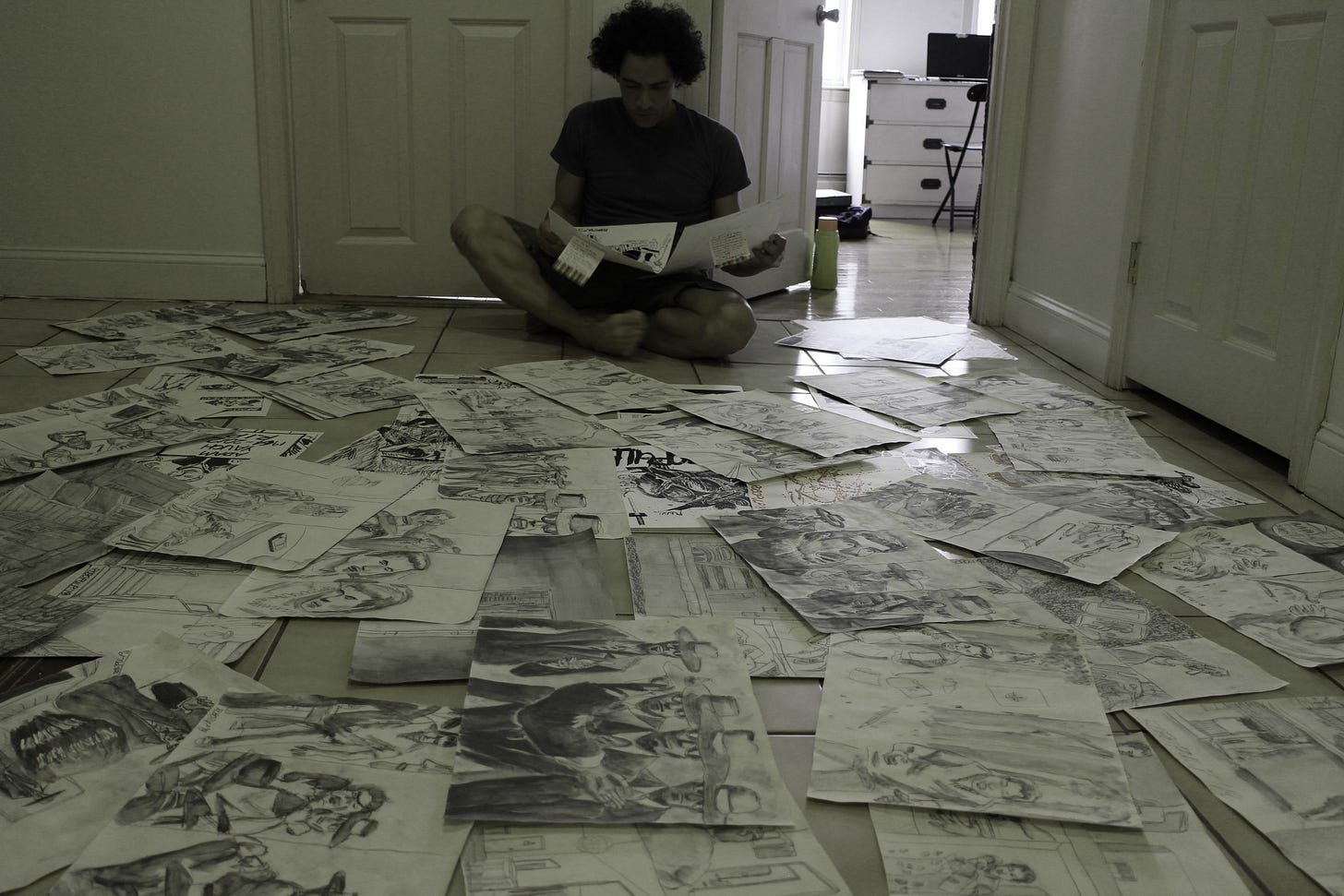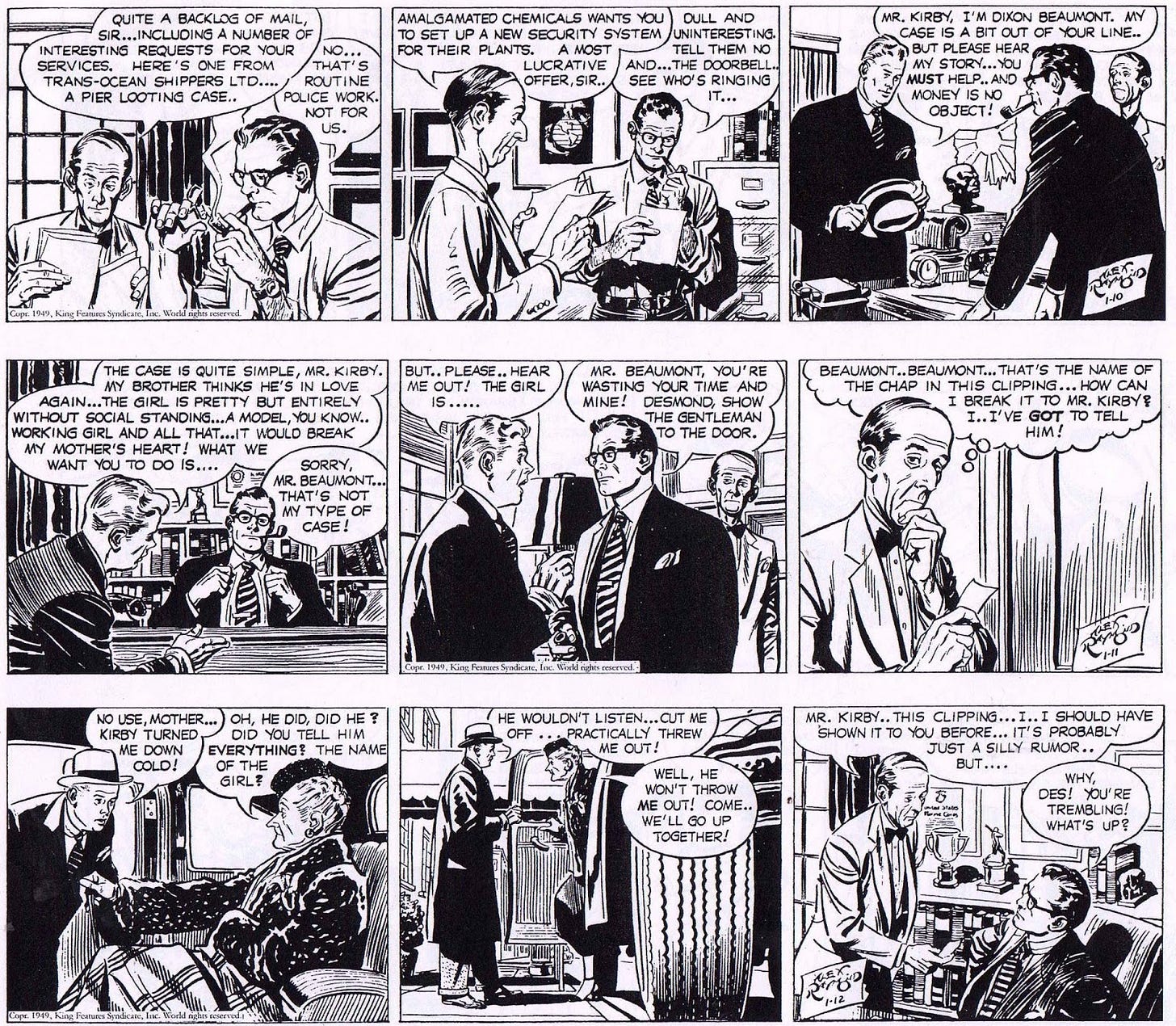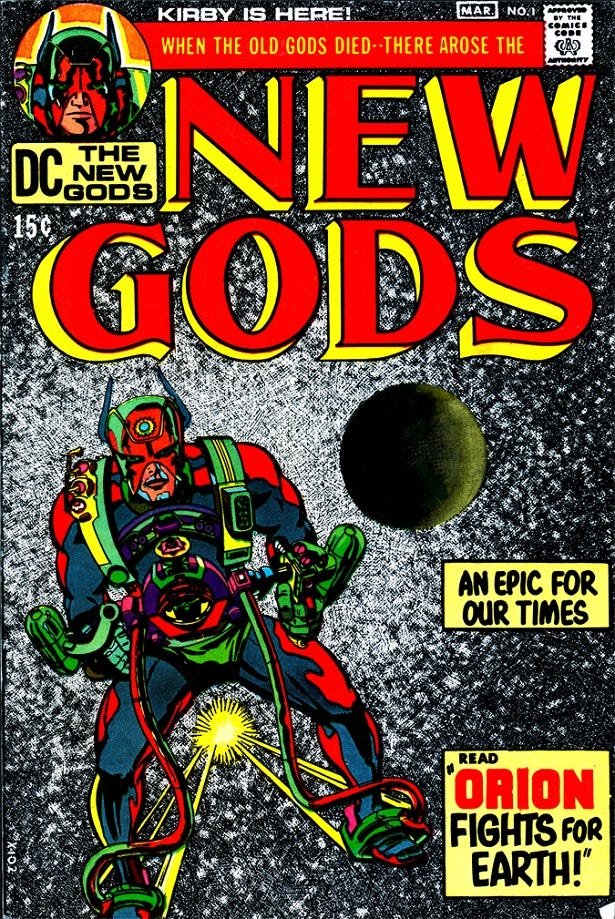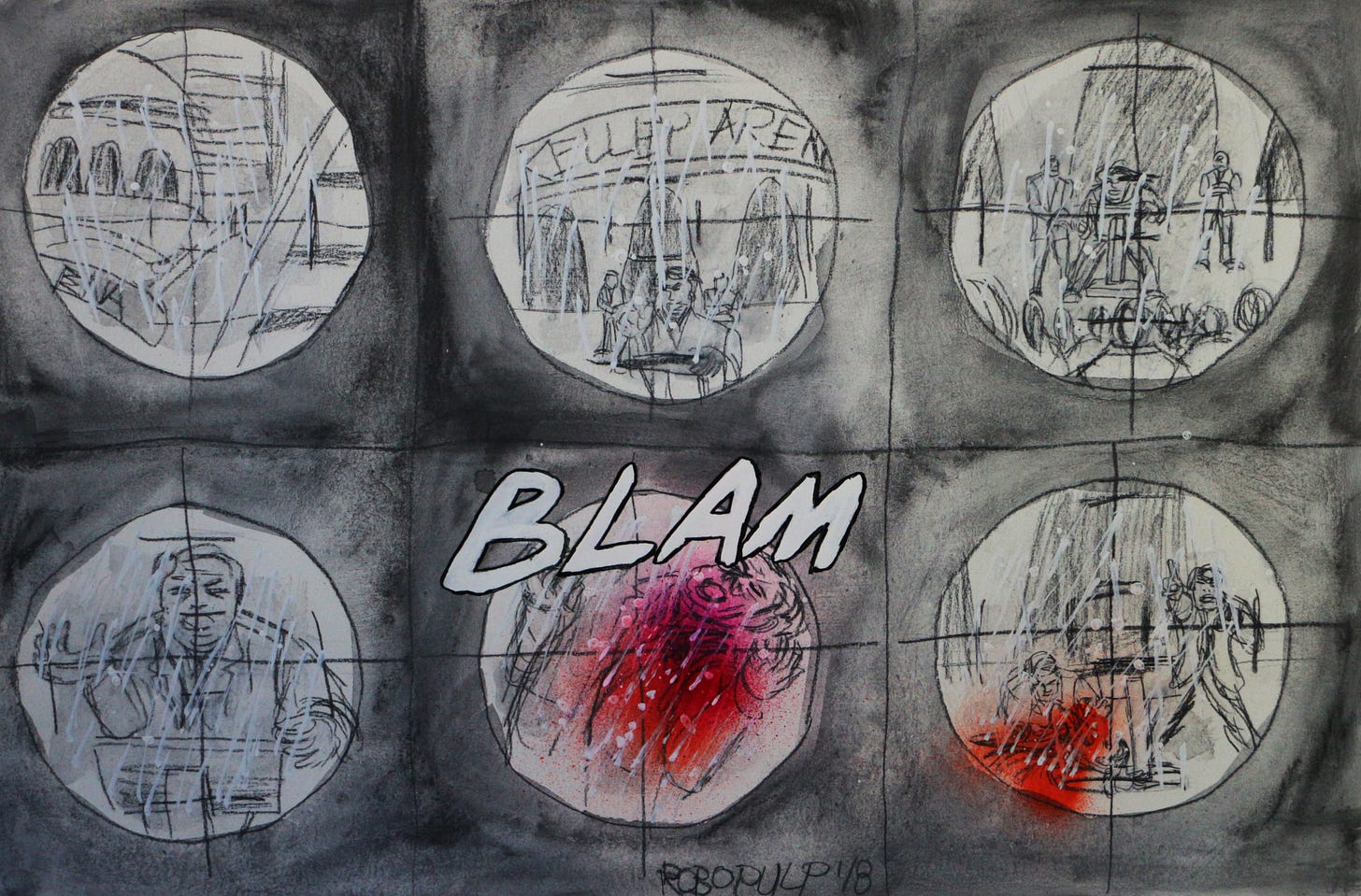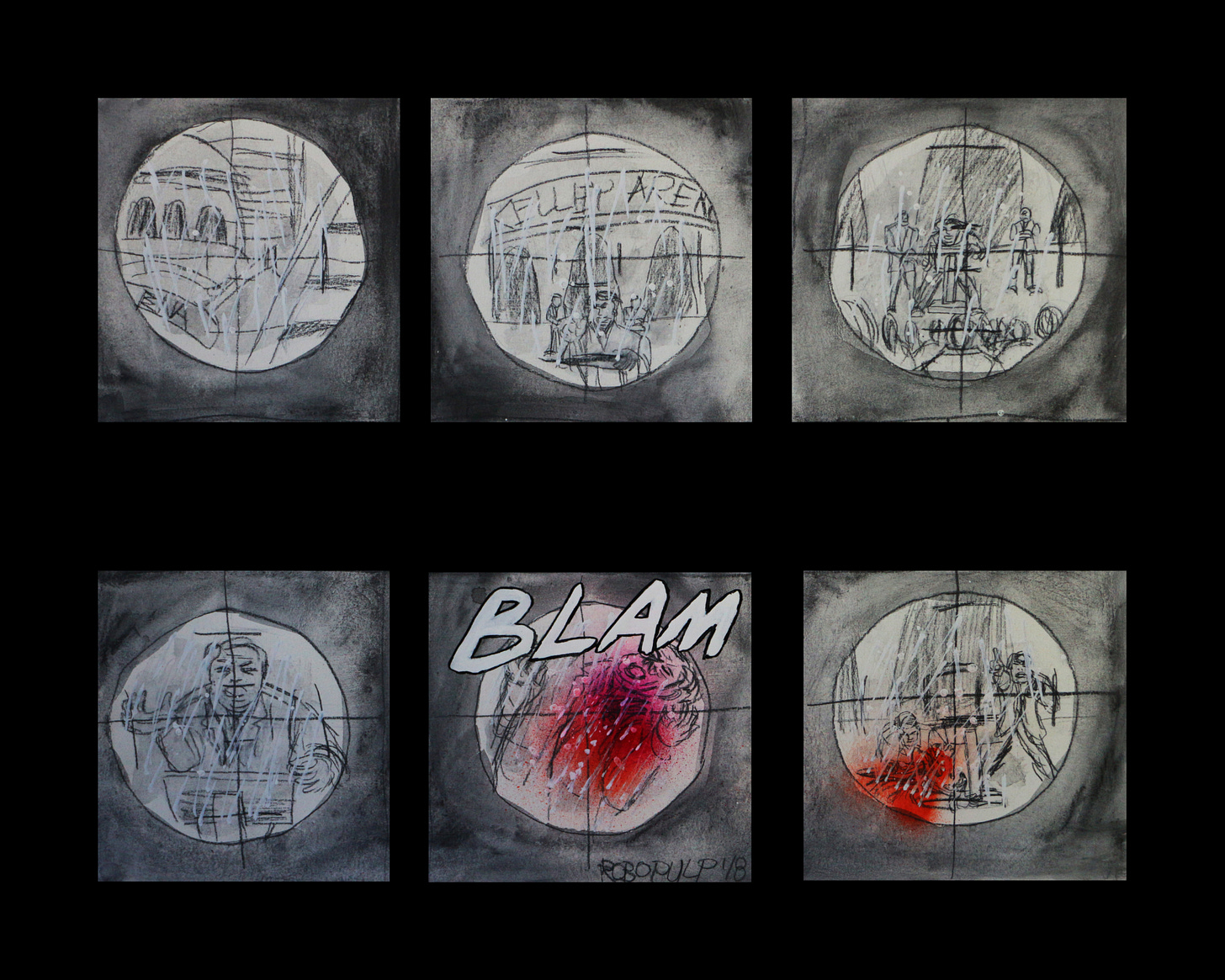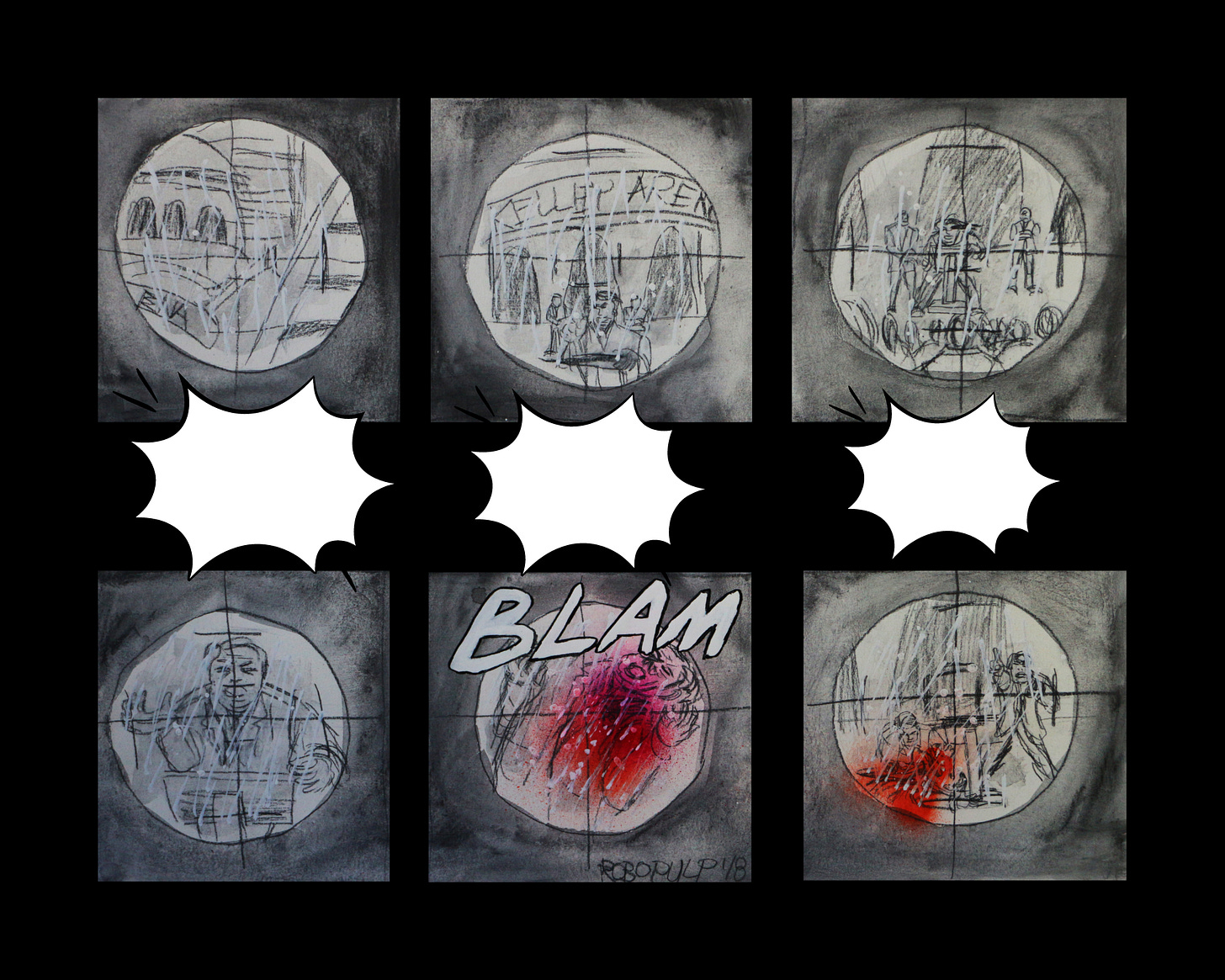When the pandemic happened and lockdown was formally declared, while the world hoarded toilet paper, I saw an opportunity.
I was going to be out of work for an indefinite amount of time. (It turned out to be three months.)
I was going to have government assistance. (Which I revised in my mind as an artistic grant.)
I had an overriding, all-consuming desire to create something.
I’d made a few short films, but whenever I pushed for a feature, no one rose to that challenge. Doing anything with a film crew, even a guerrila-sized one, was even less likely under pandemic conditions. I started thinking of what I could do where I wouldn’t have to rely on someone else.
I love comics.
It combines the elegance of the printed word, and the visual impact of images, into permutations that have been barely explored. Though the medium of sequential storytelling started gaining popularity and academic interest in the late 19th century, as a medium it’s been around for a lot longer. Arguably, Egyptian hieroglyphs are comic books carved on stone walls.
I had some unfinished artwork I’d drawn the year before that I’d left unfinished.
Either I’d run out of steam in the storytelling, or I’d been distracted by a short film project. Looking over the images I’d drawn, wordless scenes of action, I saw how I could take them someplace interesting. I’ve consumed movies, novels and comics in the thriller genre, and have developed an intuitive understanding of the particulars that make it work. So I took this framework and I hung on it a bunch of ideas that I refer to as psycho-cultural debris: a cluster of urban and rural myths that have been with us for a long time, and never seem to go away in the manner that other trends have. My comic book would have Men In Black, sleeper agents, and MK-Ultra-type mind control shenanigans.
To this I added the “rule” of going widescreen over book format, meaning: I was going to lay out the pages of comic art in the format of a newspaper strip, rather than the book format of the standard comic book.
Newspaper strip comic format: Rip Kirby, by Alex Raymond; David McKay Publications
Standard comic book format: New Gods, by Jack Kirby, DC Comics
Without being able to explain, I knew that a “widescreen” format was better for this story. One page in particular pointed this out. It’s a scene where a brainwashed sniper is sighting down on a presidential candidate. We’re experiencing things from his point of view, through the sniper’s scope, while he’s receiving instructions remotely through a headset.
After digitizing the page and dropping it on the template, I sensed something was wrong. The page was crowded. There were going to be going to be text and dialogue bubbles, but beyond that aesthetic problem, there was the issue that the crowded page left no room for suspense buildup.
Suspense is a crucial component of the thriller. Building dramatic tension to the near unbearable point before giving the audience release through the culmination of dramatic action. Alfred Hitchcock was a master of this, and one of the filmmakers I studied to create this comic book.
This page is the culminating point of a series of events that will give the reader that release, but when you run you eyes over the page, it “reads” too fast to be an effective tension builder. When designing this page, I wanted you, the reader, to hurry through the page to the end. But I also wanted to put obstacles in your eyepath to the end of the page. The dialogue would add to the suspense. The combination of increased anxiety in the reader and the visual obstacles would result in dramatic tension.
But I couldn’t do that with the panels so close together. Visually, it was a glut of information that would confuse the reader. It would draw their attention away from the narrative. The reader’s focus would shift to where in the page should they be looking.
From there I drew on the extensive number of suspense movies I’ve watched for ideas on solving this problem. What makes suspense effective in the audio-visual format? Calculated use of sounds in long takes while a character is in a tense situation! From that I made the conclusion
Silence = space
Cross-pollination.
Drawing inspiration from one medium to apply it to another in a creative solution.
Taking advantage of the tools available, I cropped and spaced each panel as far as the page template allowed.
You can see and FEEL the difference immediately. The breathing room between the panels translates into terror of the voids. Dead spaces on the page filled with the sounds you’re generating in your head as you read.
And now the dialogue bubbles come in to bring you a little relief. But only a little, because the words inside the bubbles will crank up the tension again, generating a push-pull effect.
Want to see what happens next? Subscribe so you can get your hands on the graphic novel when it becomes available in the spring. Remember to share the link with your friends and fellow fans of suspense and science fiction.

